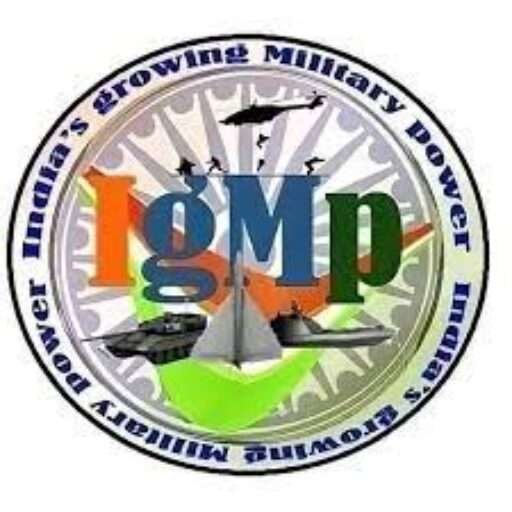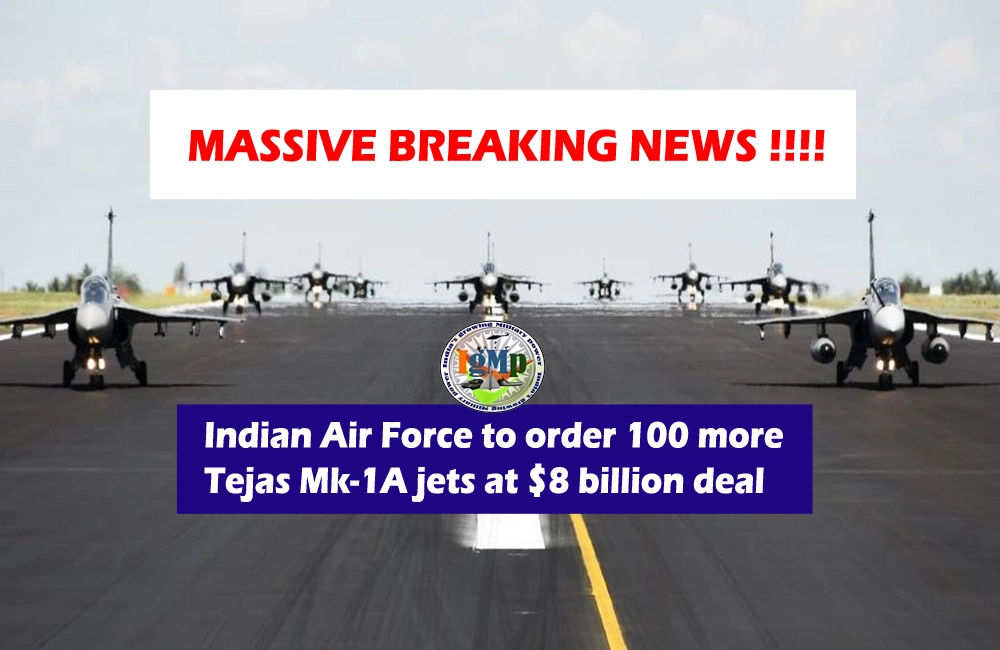This is an incredible footage of what is called a "hesitation roll". The aircraft flies nearly straight and level, rolling 90 degrees at a time and then 'hesitating' before rolling the next 90 degrees. The pass is completed with 4 such 90-degree rolls.
Although, this looks fairly simple, there is an enormous amount detail that is visible only in a video of this quality.
Notice carefully how the nose moves around to initiate each 90-degree roll and then settle to different AoA at every hesitation.
In a legacy aircraft, the pilot needs to understand these and to develop the feel to perform this maneuver.
To perform this maneuver this precisely, it would take a pilot 100s, if not 1000s of flying hours.
On a fly-by-wire aircraft, the pilot's workload is dramatically decreased!
he just needs to learn when and how much to rotate the stick, and release. The flight computer can take care of the rest.
To achieve this, the designers must not only handle the flight controls of this incredibly nimble and (in the case of LCA), statically unstable platform, but also take care of feedback to the pilot.
Imagine driving a car where no matter how hard you brake, accelerate or turn, the controls feel the same!
Without feedback, you'll need to drive only by your sight, experienced G-forces and remembering exactly how much you have depressed each pedal or turned the steering wheel!
A fly-by-wire aircraft would feel exactly the same as there are no mechanical linkages between the pilot's controls and the control-surfaces! The responses must be artificially generated.
There are many critical aspects which give rise to good "feel" and control.
Simple things like the shape, material and texture of the handle matter. Even type of gloves issued matter.
But more importantly, the latency between the command and the response of the aircraft matter. The response must not be jarringly sharp or too muted!
Another critical factor is feedback to an input. For example, the controls must feel heavier as more demanding commands are issued.
For example, as the pilot should feel more resistance as the stick is moved further to command faster roll-rates!
This is achieved through springs (like you find on your accelerator pedal in your car), and small hydraulics.
Designers & test-pilots iterate get the balance right over many iterations on ground and test-flights (within the ambit of human subjectivity).
So, here's one more example, where this is only possible on a home-grown design. A foreign OEM will not change these on inputs from our test or squadron pilots.
Lessons from center-stick designs are informing and shortening the design of side-stick, but the latter is a new beast.
The learning on the latter will influence every side-stick design from here on including HLFT, Mk2, TEDBF and AMCA.
Credit: Indranil Roy



















